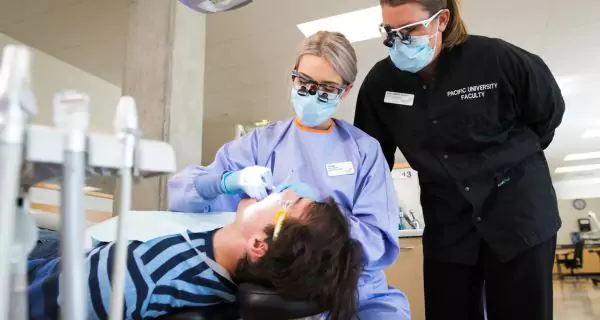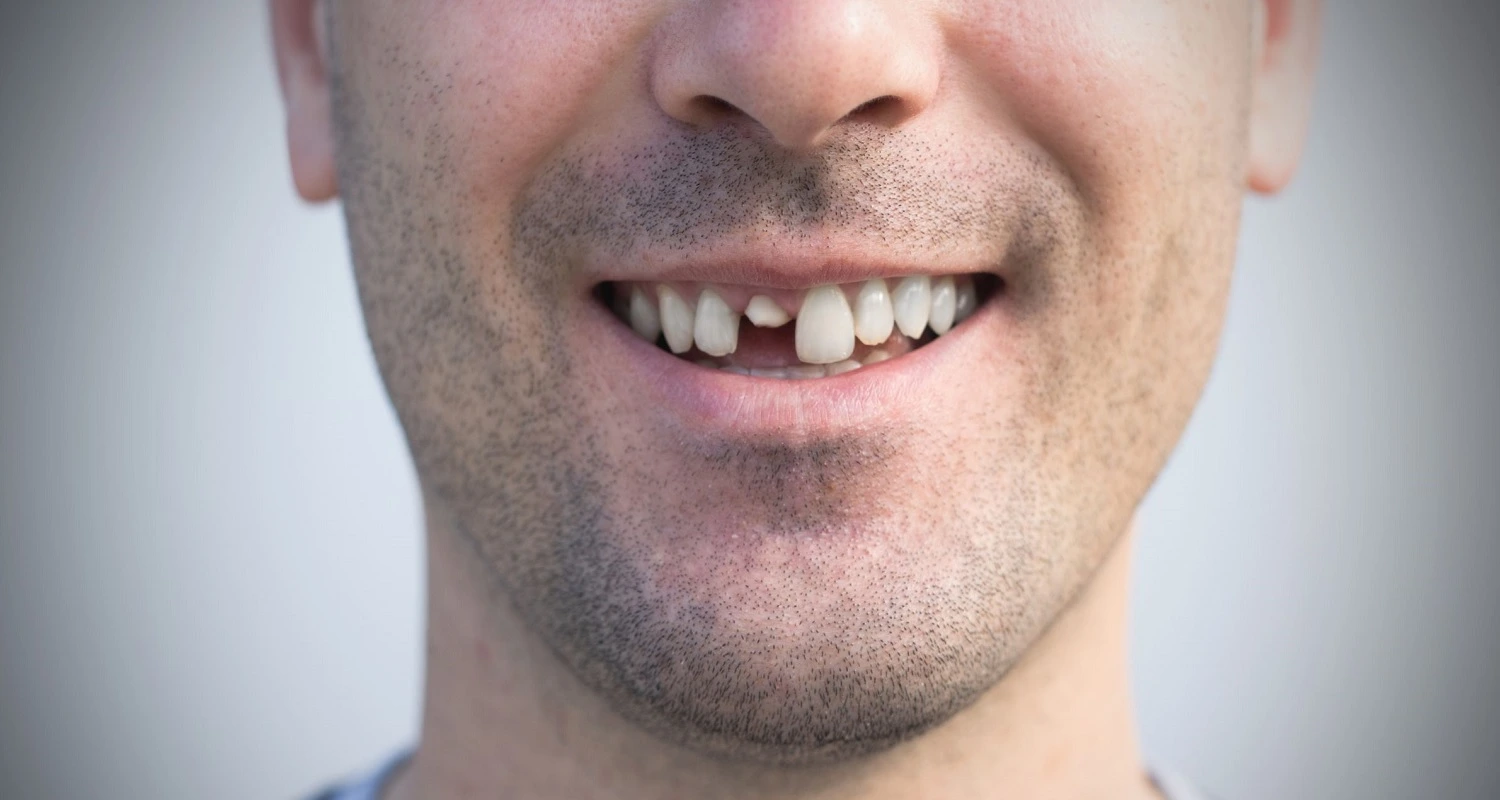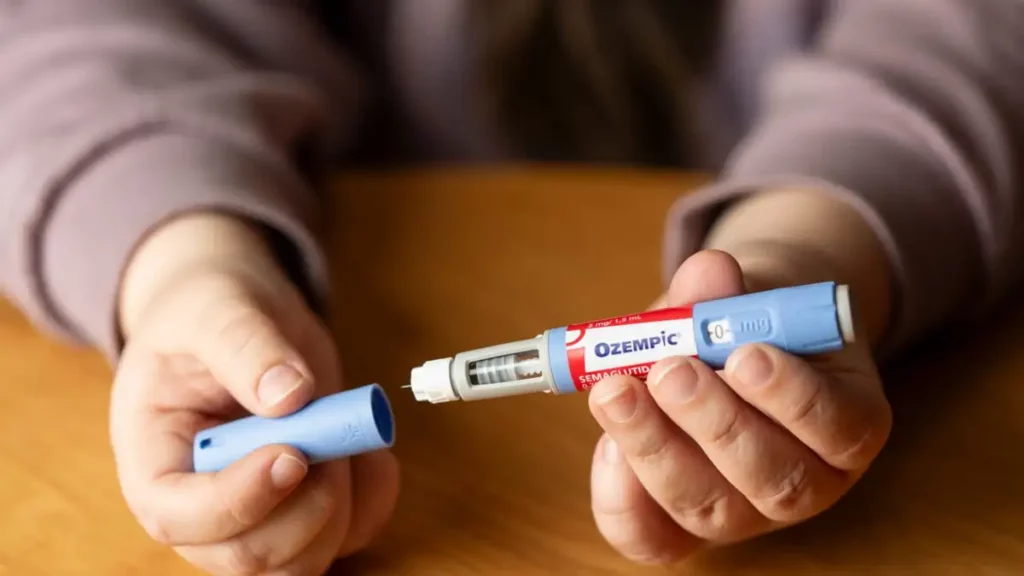Last Updated on: 10th December 2025, 07:19 am
An avulsed tooth is an emergency when a tooth comes completely out of the socket, that is, it falls out. This situation can generate astonishment, despair, and many concerns in those who encounter it, especially when dealing with an avulsed tooth naturally. No one is free from suffering an accident or receiving a blow that directly affects the teeth, including avulsed tooth incidents.
This article will explain the causes of the dental avulsion, the immediate steps to take when a tooth is avulsed, as well as treatment options and ways to prevent it.
What is an Avulsed Tooth?
The tooth is divided into two parts:
1. Corona: the part of the tooth visible above the gum.
2. Root: the part of the tooth located under the gums that allows it to remain in place. Generally, the dental root is two times longer than the tooth’s crown.
Dental avulsion, which is the complete loss of a tooth due to trauma, involves the dislodgment of both the crown and root from the alveolus, the supporting cavity in the mouth. Consequently, when the tooth is extracted, it creates an empty space that can be restored using dental crowns or bridges.
Most dental traumas occur in children between the ages of 7 and 11, and the most commonly avulsed teeth are the upper incisors. In general, only one tooth is affected, but there are cases in which several teeth or the tissues around the mouth can be damaged. Of course, this depends upon the severity of the incident.
Causes of Dental Avulsion
The tooth is held inside the mouth by fibers called the periodontal ligament, which is attached to the bone and does not allow the tooth to move or come off easily. Thus, significant force is required to make it come loose.
The most common causes of dental avulsion are associated with traumas such as:
1. Falls
2. Accidents on bicycles, motorcycles, skateboards, and skateboards, among others.
3. Traffic accidents
4. Assaults and blows
5. Sports injuries: contact sports such as American football, martial arts, rugby, hockey, lacrosse, and skating, among others.
First Aid for Avulsed Tooth
Dental avulsion requires immediate treatment the first 30 minutes after the incident occurred to save the tooth.
The following recommendations will help when a tooth is avulsed:
1. Pick up the tooth: Look for the tooth and grasp it by the crown area without touching the dental root.
2. Rinse the tooth: Wash the tooth with water or milk to remove dirt and let the liquid fall on the tooth surface, but do not wipe or rub it with anything.
3. Reimplant the tooth: Remain calm and gently insert the tooth into the socket, maintaining the same position as before the accident.
4. Keep the tooth in place: Biting down on gauze, a napkin, or a handkerchief to anchor the tooth and hold it in the socket while arriving at a dental office or emergency department.
5. If a dental emergency: have the tooth checked by a dentist immediately.
The longer the tooth is out of the socket, the more difficult it will be to save it; therefore, if you are not able to replant the tooth, hold it by the crown and keep it moist while you get to the dentist. Some recommendations for transporting it are:
• A glass of milk
• Saline solution
• Inside the mouth: Place it inside the cheeks to keep it moist with saliva; be very careful because you can swallow it.
As far as possible, do not place the tooth in water, or dry materials such as gauze or napkins; these can alter the root surface and make reimplantation impossible.
Treatment Options for Avulsed Tooth
The appropriate treatment will depend upon the first aid that has been given to the avulsed tooth.
If the patient manages to replant the tooth at the accident site, the steps to be followed by the dentist are:
1. Take X-rays and clinically check to make sure the tooth is in the correct position.
2. Splint the tooth: A splint will be placed, that is, the avulsed tooth will be attached to the neighboring teeth with a wire to increase its stability and ensure it stays in position while it heals. This process can last from 7 to 10 days, or up to 6 weeks if a bone fracture occurs.
3. Evaluate the condition of the nerve: When a tooth is avulsed, the vascular-nervous package ruptures completely, so, even if it is replanted, the tooth is left without a blood supply (dead) and will require a root canal in the future.
If the patient fails to replant the tooth, but transports it in a suitable humid environment, at least 30 minutes after the accident, the steps to be followed by the dentist are:
1. Rinsing the tooth with a saline solution
2. Place local anesthesia in the affected area
3. reimplanting the tooth
4. Splintering
5. Scheduling check-up appointments and subsequent root canal treatment.
In the event that reimplanting the tooth is not feasible, allowing the area to heal and considering options like endodontic surgery can be beneficial. Furthermore, a removable prosthesis, such as a fixed bridge or a dental implant, can be considered to restore the missing tooth.
Care after a dental avulsion
Recovery depends to a large extent upon postoperative care. The recommendations after a dental avulsion are:
• Taking an antibiotic for several days to manage the risk of infection
• In case of pain take analgesic
• Maintain a bland diet
• Avoid eating food that is too hot or cold
• Avoid biting with affected teeth
• Rigorous oral hygiene
• Avoid doing activities that can generate a loss again, such as contact sports.
• Use chlorhexidine rinses 2 times daily for up to 2 weeks
• Visit the dentist for periodic check-ups: one month, 3 months, 6 months, and one year after the tooth is reimplanted.
When practicing contact sports such as hockey, it is recommended to use mouth guards to protect the teeth.
Losing a tooth can be distressing, but by staying calm and following the above recommendations, you can save the tooth. A reimplantation is an option with a very good prognosis.
The success of this maneuver depends upon the time that elapses from the accident to the dental reinsertion; therefore, do not hesitate to go to the dentist immediately to receive the indicated treatment.
Frequently Asked Questions
Can you explain the distinction between tooth extrusion and avulsion?
Avulsion refers to a complete displacement of the tooth from its socket, while lateral luxation involves tooth displacement accompanied by a fracture in a neighboring bone. Intrusion occurs when the tooth is forcefully pushed into the bone. On the other hand, extrusion describes a situation where the tooth is pushed out of the bone.
Is it possible to reimplant a tooth that has been avulsed?
Yes, reimplanting an avulsed tooth is possible. Carefully handle it, avoid touching the root, keep it moist, and seek immediate dental care. The tooth can be stored in milk or a tooth preservation product if it cannot be replaced in its socket promptly.
Is a root canal necessary for an avulsed tooth?
If a completely avulsed tooth is reinserted into the socket within 30 minutes to 1 hour with minimal manipulation, it may remain in place permanently. However, both partial and complete avulsions typically require root canal therapy in the long run since the pulp tissue tends to become necrotic.
What is the most frequent complication associated with an avulsed tooth?
The primary complications that can arise from reimplantation of avulsed teeth encompass infections, tooth discoloration, fistulas, inflammatory root resorption, root ankylosis to the surrounding bone, apical periodontitis, pulp canal obliteration (PCO), and pulp necrosis (which can ultimately result in tooth loss).
Share:
References
1. Alotaibi, S. (Updated: March 6, 2023). Avulsed Tooth. StatPearls – NCBI Bookshelf. https://www.ncbi.nlm.nih.gov/books/NBK539876/
2. Avulsed Tooth. (Reviewed: June 10, 2021). Cleveland Clinic. https://my.clevelandclinic.org/health/diseases/21579-avulsed-tooth
3. Fouad , A. F. , Abbott , P. V. , Tsilingaridis , G. , Cohenca , N. , Lauridsen , E. , Bourguignon , C. , O’Connell , A. J. , Flores , M. T. , Day , P. , Hicks , L. , Andreasen , J. W. , Cehreli , Z. C. , Harlamb , S. , Kahler , B. , Oginni , A. O. , Semper , M. , & Levin , L. (2020).International Association of Dental Traumatology guidelines for the management of traumatic dental injuries: 2. Avulsion of permanent teeth. Dental Traumatology, 36(4), 331–342. https://onlinelibrary.wiley.com/doi/10.1111/edt.12573
4. Heath, P. J. (Updated: September 2022). How To Replace and Splint an Avulsed Tooth. MSD Manual Professional Edition. https://www.msdmanuals.com/professional/dental-disorders/how-to-do-dental-procedures/how-to-replace-and-splint-an-avulsed-tooth
5. Knocked out teeth. (n.d.). Oral Health Foundation. https://www.dentalhealth.org/knocked-out-teeth
6. Mustafa, M. (2016).Awareness about Management of Tooth Avulsion among General Dental Practitioners: A Questionnaire Based Study. Journal of Orthodontics & Endodontics. https://doi.org/10.21767/2469-2980.100036
7. Trope, M. (2011). Avulsion of permanent teeth: theory to practice. Dental Traumatology, 27(4), 281–294. https://onlinelibrary.wiley.com/doi/10.1111/j.1600-9657.2011.01003.x
-
Nayibe Cubillos M. [Author]
Pharmaceutical Chemestry |Pharmaceutical Process Management | Pharmaceutical Care | Pharmaceutical Services Audit | Pharmaceutical Services Process Consulting | Content Project Manager | SEO Knowledge | Content Writer | Leadership | Scrum Master
View all posts
A healthcare writer with a solid background in pharmaceutical chemistry and a thorough understanding of Colombian regulatory processes and comprehensive sector management, she has significant experience coordinating and leading multidisciplina...



















